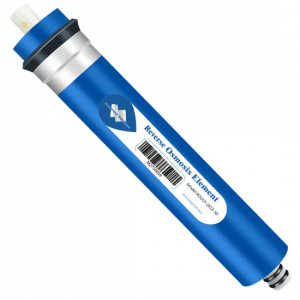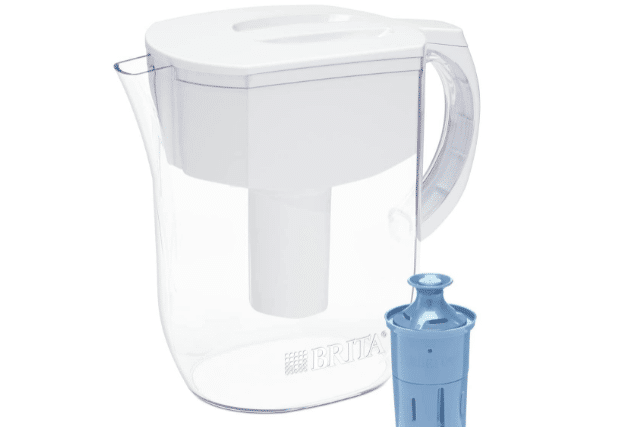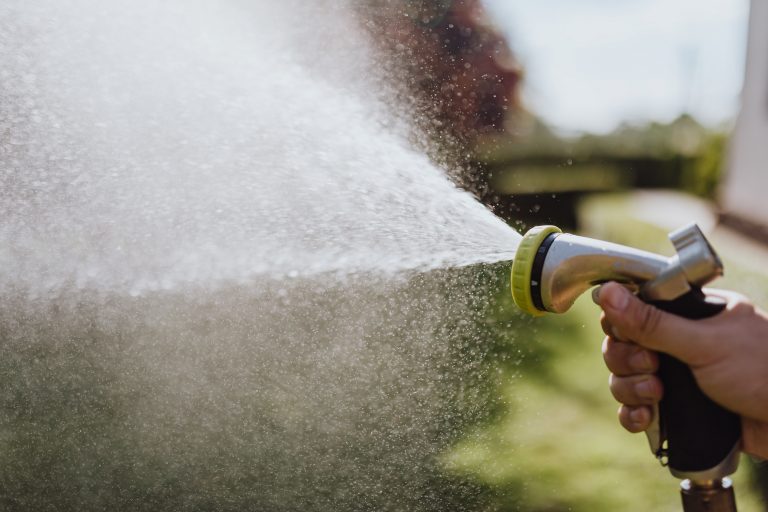How to clean RO membrane
RO membrane performs with low and high pH cleaning chemicals. The pH cleaning with high chemicals is done to remove the organic or biological foulants containing carboxylic functional groups.
Reverse osmosis (RO) systems are the industry standard to purify any feed water source, besides the reuse applications and the wastewater. It includes several industrial processes. The RO membrane element’s typical lifetime is three to seven years as per the application. However, in some RO systems, the membrane elements last only for a year or two.
READ: How to install Pur water filter on pull out faucet
How To Clean RO membrane
The RO element’s lifetime relies on several factors. It includes element selection, system design, membrane cleaning, system operation, pretreatment, and system maintenance. The RO membrane surface is subject to fouling due to the foreign materials existing in the feed water, such as the metal oxides hydrates, biological and organic matter, and calcium precipitates. The term “fouling” comprises all types of layers build-up on the membrane surface. It includes biofilm buildup and scaling.
How Do You Clean Reverse Osmosis (RO) Membrane Filter
The cleaning of a successful RO membrane depends on the cleaning compound’s effectiveness, its operation, design, and the professional application of the cleaning equipment. RO membrane cleaning having weak acids acquires anionic charge when the pH is high allowing them to disperse. The pH high cleaning chemicals chelate, which means it binds with the calcium bridging the biofilms and foulants together and the membrane surface.
Commodities like the NaOH are effective but are mild. It is the reason they do not possess the ability to eliminate calcium bridging.
A low pH cleaning is a good option in comparison to a high pH cleaning.
There may be organic foulants that lose their anionic charge, in case first a low pH cleaning is performed.
It may end up being compacted into the membrane. You must know the option suitable for your system. The water solutions that are complete can include a fouling analysis performance. It is suitable for system evaluation.
Results
The results of membrane cleaning are the best if one cleans each stage individually. It allows maximum flow velocity in the cleaning process. In both stages with an array of 2:1 is cleaned simultaneously, the pressure of each vessel will receive in the second stage twice the flow velocity as in the first stage.
This causes the telescoping of the membrane in the second stage if the elements in the first stage are cleaned at optimal flow velocity. The other option as an alternative is basing on the second stage the flow velocity. It means the first stage membranes do not receive enough surface scouring.
Step by step ways of cleaning
The procedure of general cleaning is followed to assess the procedure of optimum cleaning for your system. They begin with inspecting the cleaning tank, cartridge filters, and hoses. The tank cleaning and flushing of hoses is essential, as installing new cartridge filters is mandatory.
- Filling the cleaning tank with DI water or RO permeate is the first step. Turn on the tank recirculation pump or the agitator.
- Add slowly the RO cleaning product to the cleaning tank depending on the total volume CIP and the required product strength, allowing it to thoroughly mix.
- Check the solution temperature. If you find the temperature of the solution is lower than the recommended level, you may adjust the heating control to give the optimum temperature.
- Check the pH solution. It should be as per the recommendation by the manufacturer of the membrane or <12. If the pH is low or very much less, adjust the pH with sodium hydroxide upward or include another chemical as per the recommendation of the manufacturer of the membrane. If you find the pH is too high, you may adjust using hydrochloric acid.
- You may circulate the solution at a time through one stage in the feed flow direction for 30 minutes. Circulate the flow rate as per the recommendation by the system manufacturer or the membrane manufacturer. Ensure the pressure is low so that there is minimal permeating produced while cleaning. However, it should be always below 80 psi.
- The first return flows in case there are heavy fouling up to 15% of the volume of the cleaning tank. It may be diverted to avert re-deposition of removed solids. However, for maximum results, there is a need to clean each stage separately if the system is multistage.
- When you notice the first stage solution used for cleaning becomes discolored or turbid, dump the tank and get ready to prepare a fresh cleaning solution. It is a must. In case the pH solution or temperature moves out from the said range, there is a need for new solution preparation. However, a new cleaning solution, in any event, requires being prepared at each stage.
- Rinse using RO permeate before you consider returning to the system to service. As you are returning the unit to service, you may divert the product water to drain so that all the residual cleaning solution is rinsed from the system.
See Water filters that do not require electricity
Pretreatment Indicators
The RO systems use pre-treatment to reduce the performance or to decrease the membrane elements due to chemical attack and fouling. The pre-treatment type relies on the feed water source composition. For instance, typical surface waters feature high concentrations of colloids.
Most RO elements need fewer turbidity levels that are below 1 nephelometric turbidity unit (NTU) or/and below 5 SDI units. The unit operations are Multimedia filtration, microfiltration, and ultrafiltration commonly applied to decrease the raw feed water colloids.
Fouling
The raw water source indicates the fouling type to be expected in the membrane elements. In surface waters, biofouling, colloidal fouling, and organic fouling are seen on the surface of the membrane.
Typically well waters have the potential for iron oxide or hydroxide fouling.
The elements of RO are in varying sizes. The common sizes are 4”, 2.5”, and 8” in diameter. The systems of RO are equipped seldom with a cleaning skid. These elements of the membrane are replaced or sent to a location to get cleaned. Some membrane chemical suppliers offer a membrane cleaning off-site service.
It is cheaper to install the new membrane elements than consider the membrane cleaning. Yet in the RO elements with 8” diameter, the standard practice is cleaning the membranes.
Many RO systems feature a cleaning skid that typically has a cleaning pump and a cleaning tank, referred to as clean-in-place. The CIP skid design is to get optimum results. For the RO systems, properly designed and for pretreatment, the frequencies of typical cleaning are per year two to four cleanings of the surface water, and for the well water, it is one to two cleaning a year.
Frequency of Cleaning
The manufacturers of membrane recommend cleaning when:
- The normalized salt passage shows an increase of 5-10%.
- Normalized permeate flow drops to 10%
- Normalized pressure drop increases 10-15%.
Successful or effective cleaning is based on the factors, such as:
- Required cleaning when any of the criteria for cleaning is met.
- A cleaning skid well designed is used.
- Membrane elements can withstand at pH1 acid cleanings and pH 12 as a minimum for the alkaline cleanings.
The RO system membrane cleaning is established on meeting one of the above three cleaning criteria, such that the normalized permeate flow drops at 30%. It is a must to clean, if not the elements of the membrane are difficult to clean with standard cleanings. It may also necessitate extreme cleaning or repeated cleanings.
Multi-element pressure vessels
Instead of considering the normalized pressure drop of 15% to increase cleaning criteria, some end-users and OEMs are applying per element as 15 or 50 psi, for multi-element pressure vessels. A normalized typical pressure drop is 15psi for multi-element vessels. Operating at a pressure of 50 psi causes the membrane element to scroll as an irreversible protrusion, known as telescoping.
Besides, membrane intrusion is the result of excessive operating pressure pushing the membrane into permeate channel spacer that results in the high salt passage and low permeate flow.
Besides, the drop of high pressure indicates severe fouling. Repeated cleanings or cleaning is not enough to restore the performance decline of the membrane element causes due to the fouling. However, cleaning does not restore the decline in performance if it is caused due to mechanical damage.
Importance of Normalization
The RO system performance is based on different factors such as feed pressure, feed water composition, temperature, and recovery. A drop in the feed temperature causes a decrease in permeates flow around 10%. It is a normal phenomenon. Thus, distinguishing between performance changes and normal phenomena is due to fouling or other problems has to be normalized by measuring the salt passage and the permeate flow.
Normalization refers to the actual performance of the given reference performance taking into account the operating parameters. The reference performance is the stabilized RO system performance within the 48-72 hours of operation. There are programs for normalizing software offered by the manufacturers of membranes. It may be requested or downloaded from their websites.







